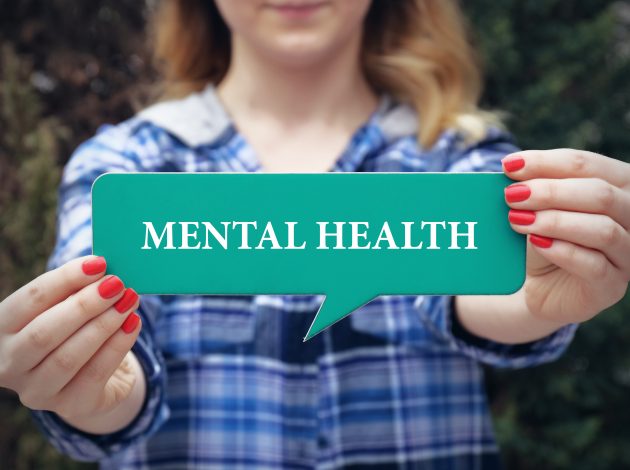Mental health disorders among the young continue to increase

One in eight children and young people in England now experience difficulties with their mental health. The figures are contained in new estimates by NHS Digital in collaboration with ONS and NatCen Social Research. Tim Vizard summarises the findings.
ONS has been working in collaboration with NatCen and YouthInMind on the report published by NHS Digital. It brings new insights into the mental health of children and young people in England. Today I presented the findings at a press briefing with Tom Foley (NHS Digital), Katharine Sadler (NatCen Social Research) and Professor Tamsin Ford (University of Exeter).
The report shows that rates of mental disorders in children aged 5 to 15 have increased over time (from one in ten in 1999 and 2004, to one in nine in 2017). This was primarily due to an increase in the presence of emotional disorders (such as anxiety and depression). When extending this to include older children, we found one in eight 5 to 19 year olds had a mental disorder. To put this into context, a classroom with 24 children would have 3 children with a mental disorder.
With so much focus on a topic that affects so many people’s lives and work, directly or indirectly, it was a busy press briefing in London this morning. This was the first time we had produced such figures on children’s mental health since 2004, so there was intense interest in how the picture had changed.
What we were looking at was ‘mental disorders’, not the most user-friendly of terms. Language for such a sensitive matter is a tricky thing. This research is different from other studies on mental health that focus more on subjective mental wellbeing or brief screening questions.
Instead, the results for this survey were based on a detailed set of questions (called the Development and Well-being Assessment) reviewed by trained clinical raters. They could diagnose specific types of mental ‘disorders’ such as hyperactivity, anxiety, depression and behavioural disorders.
One new area for this report was ONS’s research into the mental health of pre-school children (aged 2 to 4). This group was included for the first time, in recognition of this important phase, where language and social skills are developed.
As a parent of two children under the age of five, this was naturally an area of great personal interest to me, too. We found that 5.5% of preschool children experienced a mental disorder in 2017, with rates higher in boys (6.8%) than girls (4.2%). If you consider the size of a nursery group, that’s one in 18 children.
What was interesting to note was how rates of mental disorders differed by age group. By primary school, we found one in ten (9.5%) 5 to 10 year olds experienced a mental disorder. This increased to one in seven (14.4%) secondary school aged children (11 to 16 year olds). Rates of mental disorders were highest in 17 to 19 year olds, with one in six (16.9%) experiencing a mental disorder.
Young women had the highest rates of mental disorders, with 23.9% young women experiencing difficulties with their mental health. Emotional disorders were the most common type of disorder experienced by young women.
This reinforces earlier work ONS has done into well-being, which found that 21% of young people (age 16 to 24) reported feelings of anxiety or depression, and young women were more likely than young men to report this.
This has been one of the most rewarding pieces of work I’ve been involved with. Working with a dedicated team, in which I include the parents, teachers and young people themselves who took part, my hope is that today’s findings give us greater understanding into today’s young people.

Tim Vizard is the Branch Head for the Mental Health of Children and Young People Survey at ONS.